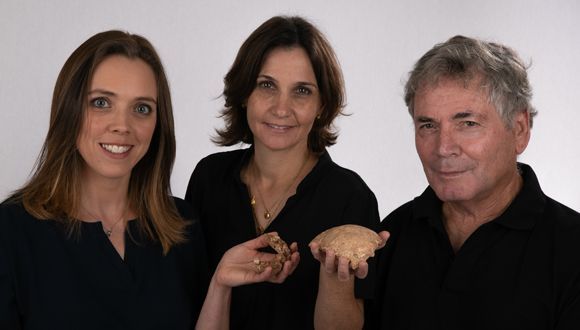
Start Up Nation in Ancient Canaan
Thanks to advanced management skills, the Arava became the copper power of the ancient world.
A new Tel Aviv University study has determined that thanks to advanced management methods and impressive technological creativity, about three thousand years ago, the Arava Valley’s [located deep in the Southern Negev desert in Israel, along the Jordanian border] copper industry managed to thrive and become the largest and most advanced smelting center in the ancient world. The study was conducted by graduate student David Luria of TAU’s Jacob M. Alkow Department of Archaeology and Ancient Near Eastern Cultures and The Sonia & Marco Nadler Institute of Archaeology, and is being published in the prestigious journal PLOS ONE.
Ancient Practice of “Trial and Error”
According to Luria, the copper industry in Canaan at that time was concentrated in two large mining areas – one in Timna (north of Eilat) and the other in Faynan (in the northern Arava, in Jordan). Previous research on the subject has claimed that the high level of technology employed there was made possible thanks to Egyptian technologies brought to the region during the voyage of the Egyptian Pharoah Shishak in 925 BC. This theory was strengthened in 2014 following the discovery of a scarab bearing the figure of Shishak in Faynan, and again later in 2019, following the development of a new scientific model that claimed that a sudden technological leap had taken place around the time of Shishak’s journey.
Luria, on the other hand, argues that the great economic and technological success of the copper industry in the Arava was not related to Egyptian capabilities, but rather to the talent of the Arava people, who learned to use the two advanced methods we know today as “trial and error” and “scaling up.” “Obviously these terms were not in use in ancient times, but the application of their practical principles was made possible due to a basic understanding of engineering and common sense, which were seen in other places in the ancient world as well,” says Luria.
Luria explains that the “trial and error” method allowed the Arava metalworkers to slowly improve technological processes, as well as to increase the volume and quality of production. In addition, “scaling up” made it possible to increase the dimensions of the existing means of production using materials and processes that were common at the time, thereby developing advanced production equipment within a short amount of time and with minimum cost and technological risk.
The Secret Behind the Technological Success
“Shishak’s expedition was not intended to physically take over the copper mines in the Arava, but rather to formulate a long-term agreement with the Arava people in order to bolster local production and thus increase copper exports to Egypt, which was suffering from local production difficulties at the time,” Luria says.
“It appears that the secret of the success of the ancient copper industry in the Arava lies in the skills and abilities of efficient managers, who were assisted at every stage of their decision-making by talented technological experts. Archeology today can’t identify who these executives were, but a careful analysis of the deposits left in the area can tell us an accurate story. These findings are the residues of copper production that have accumulated as heaps of waste that can be dated, and whose size allows us to assess the volume of production at any given time. Moreover, by conducting a chemical analysis of the copper content remaining in the waste, we can determine the quality of the production; when the amount of copper in the waste diminishes, we can conclude that the process had become more efficient.”
Luria also says that traces detected at these sites show that throughout the production period, the management team was able to close inefficient mines and open more efficient ones. Moreover, at certain points a decision was taken to reuse waste from earlier periods, which was produced in less efficient processes in which a lot of copper remained, rather than use the pure mineral. These decisions could not have been made without an excellent technical team that backed management decisions with regular technological testing. The management also engaged in extensive marketing of the copper throughout the ancient world.
“The important lesson to take away from this technological success is that the high-tech savvy of individuals – educated and energetic people who lived here in the first millennium BCE – succeeded, just like it does today, in bringing about a huge revolution in the local economy,” Luria concludes. “As they say, there is nothing new under the sun.”
Featured image: David Luria
Related posts
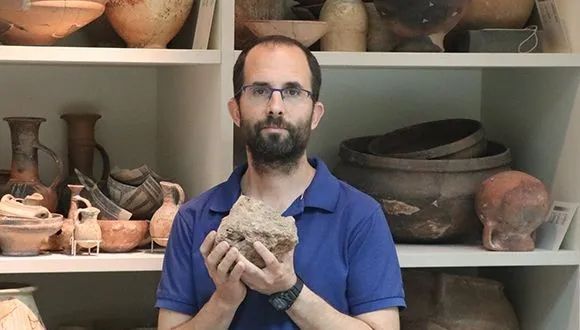
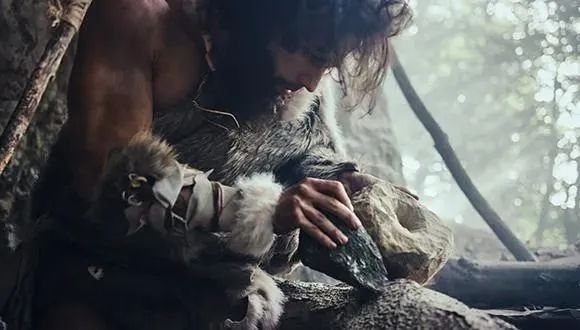


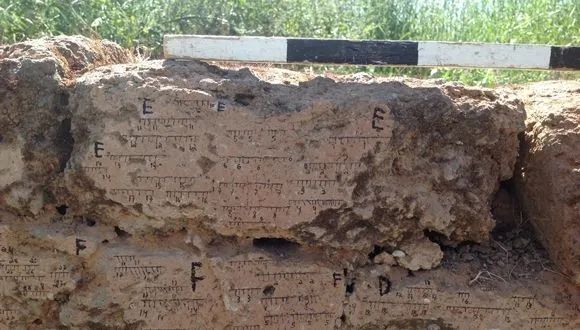
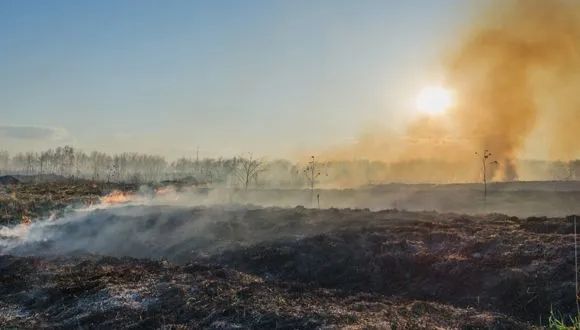
Our Ancestors Irreparably Damaged the Timna Valley Environment 3000 Years Ago

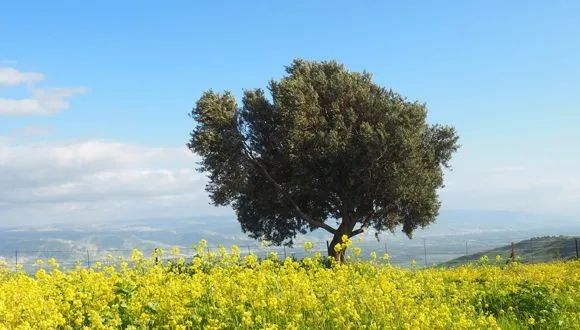
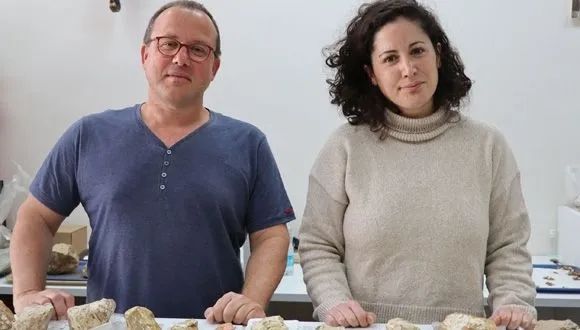
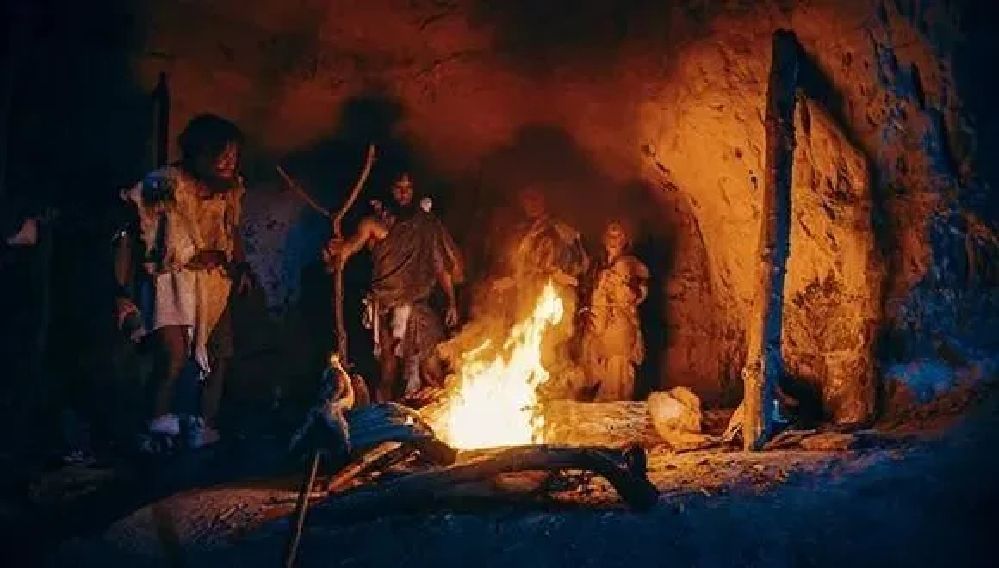
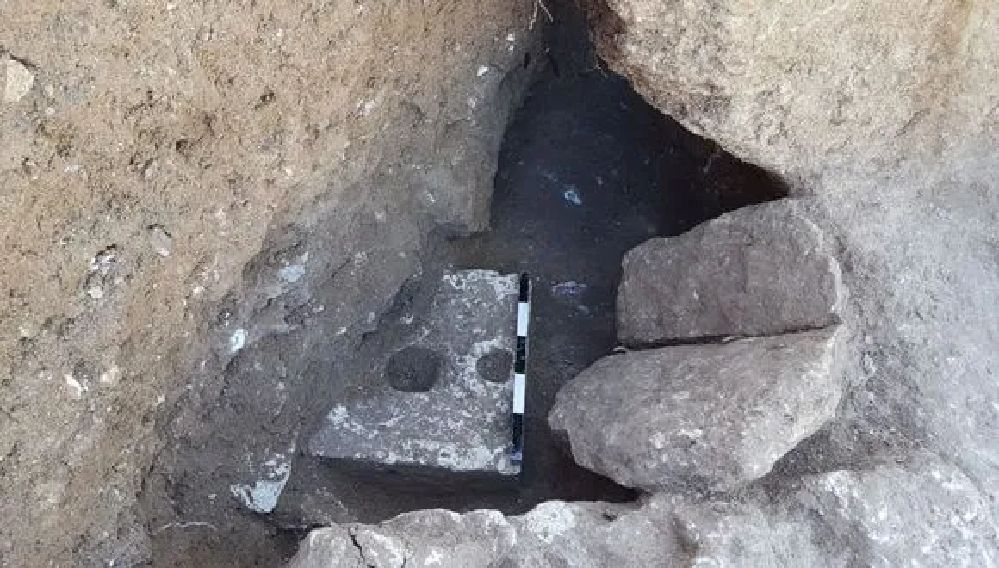
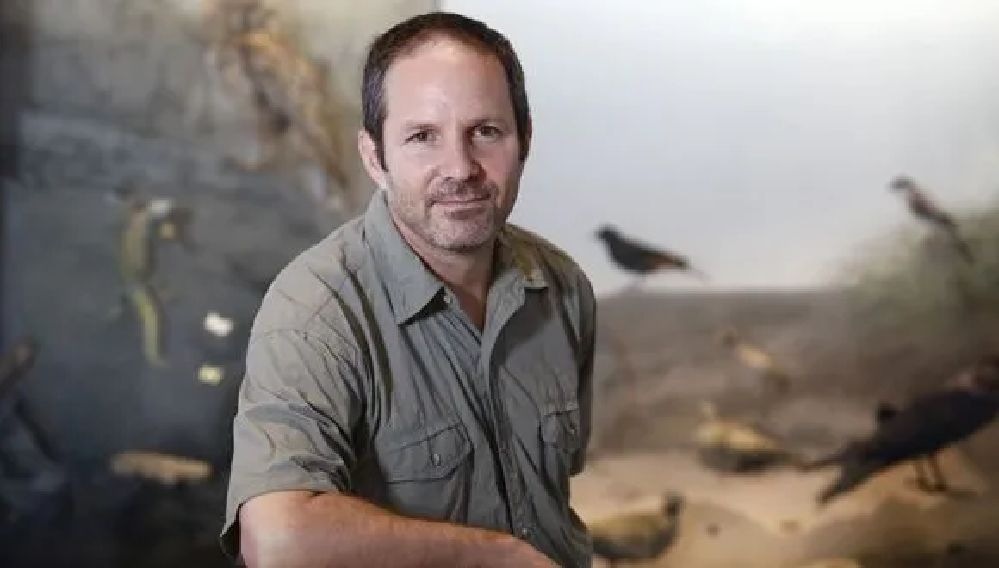
Over the Past 1.5 Million Years, Human Hunting Preferences have Wiped Out Large Animals
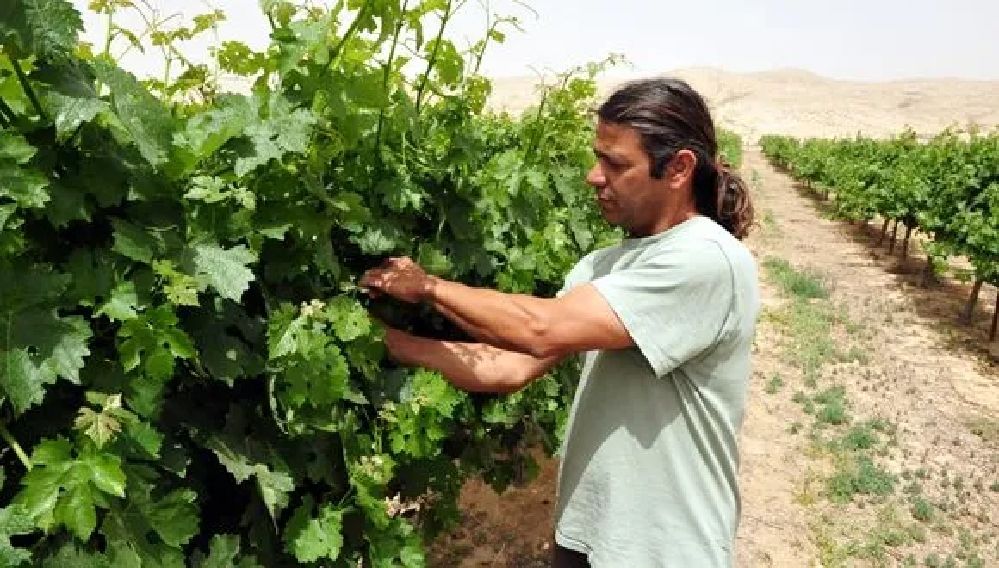
Ancient Climate Crisis Transformed Us from Nomadic Hunters to Settled Farmers

Recordings of the magnetic field from 9,000 years ago teach us about the magnetic field today
